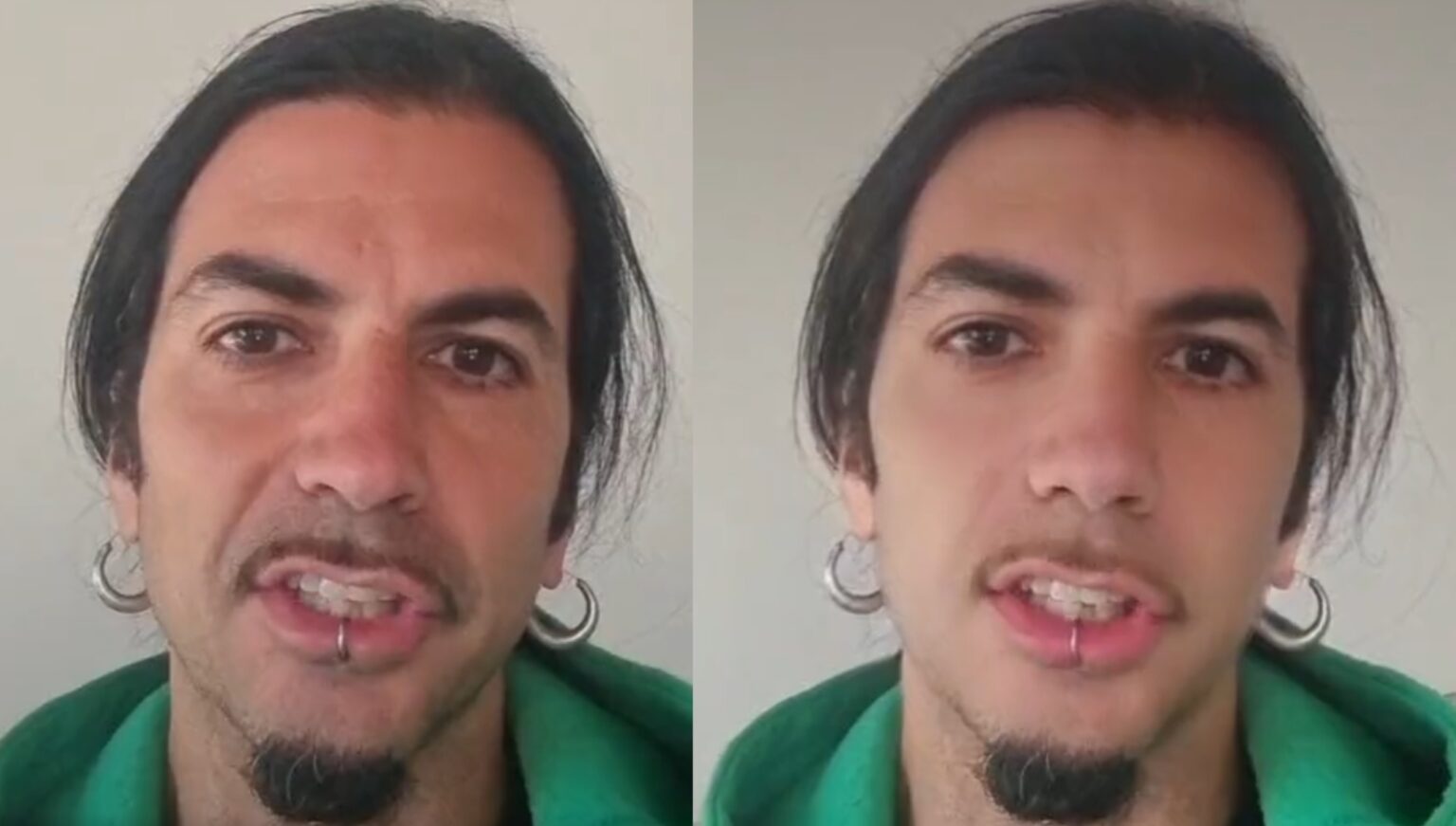With over a billion active users, TikTok is the go-to social media platform for funny videos, new viral trends, and challenges. The social media giant has been working non-stop to release new features to keep users entertained.
Recently, TikTok released a filter which has morphed into a new challenge on the video sharing platform. The new teenage look filter allows users to create videos of a younger self, and it has now become a viral challenge.
The de-aging filter has already racked up over 1.7 million videos shared on TikTok according to Jam Kotenko.
Application of the camera effects gives users a youthful appearance, removing facial blemishes, lines or wrinkles and transforming people back into their teenage selves.
Also read: Nvidia Fuels Cut-Throat AI Race With Its $10k A100 Chip
The filter has received mixed reactions from users, with some absolutely amused and smitten.
“This filter gave me the ability to finally speak to my younger self,” said one user, while @kasiadollka wrote “omg my dad’s reaction to the #teenagefilter made me tear up” on a video posted to her profile.
However, many others took the opportunity to join the trend/challenge to make fun of their younger selves and how it might be ridiculous to have flawless skin as a teenager.
How to get the TikTok teenage filter
With a click of a button, TikTok has made older people come face-to-face with their youthful selves, causing many to get quite emotional. It appears the filter is dredging up memories of pain, insecurities and emotional turmoil people endured during their formative years.
According to TheTab, the new app is not yet available in all markets, but here is how to use it and apply the effects.
- Open up TikTok
- Click on the plus icon next to the camera
- In the bottom left corner, click the effects button
- Tap on the magnifying glass and search for “teenage look”
- Tap on the filter of the same name to apply it
New filter provokes mixed response
Despite a positive reception from most users, Instagram influencer Danae Mercer Ricci expressed her concerns on an Instagram post that such a fad may contribute to already existing body image issues and worsen the desire for elevated beauty standards among certain users. She added this could also contribute to the photoshopping of teenage faces to women’s bodies.
“This new teenage-face filter is so concerning – and its already incredibly popular,” she wrote alongside a video of herself using the filter.
“I talked a while back about massive (1 million plus) accounts that were photoshopping teenage faces into women’s bodies, and now there’s a filter that allows for exactly the same – and in a video.”
She further explained that: “Technology is getting SO SMART. Look how realistic these filters seem. Things like this are going to happen more and more, and it’s another reason why we have to be CAUTIOUS with what we believe is real.”
Some followers concurred with her that the latest filter “seems dangerous.”
ICYMI over on tiktok AI is hitting hard on genx.
I've always said wrt AI, expect the unexpected, the future's gonna be weirder than anyone can imagine. Skynet is the last thing to be worried about.
This is the real #aiart #AIArtCommuity pic.twitter.com/FlwUrftR6o— memo akten (@memotv) February 23, 2023
However, other TikTokers feel it does not accurately portray a teenager to the extent of questioning the choice of name.
“I just don’t get why they call this teenage face? My teenage face had pimples, a small forehead and full cheeks,” wrote one responding to Danae’s post.
Recently, the world has seen users get overexcited about AI generated avatars on social media apps like Snapchat, WhatsApp, and FaceApp.
However, with face-altering apps and filters, body confidence activists have continuously warned of harmful impacts like mental health problems for users to the extent that some have already been banned.
The concerns also come at a time when deepfakes are becoming commonplace and realistic.









 and then
and then